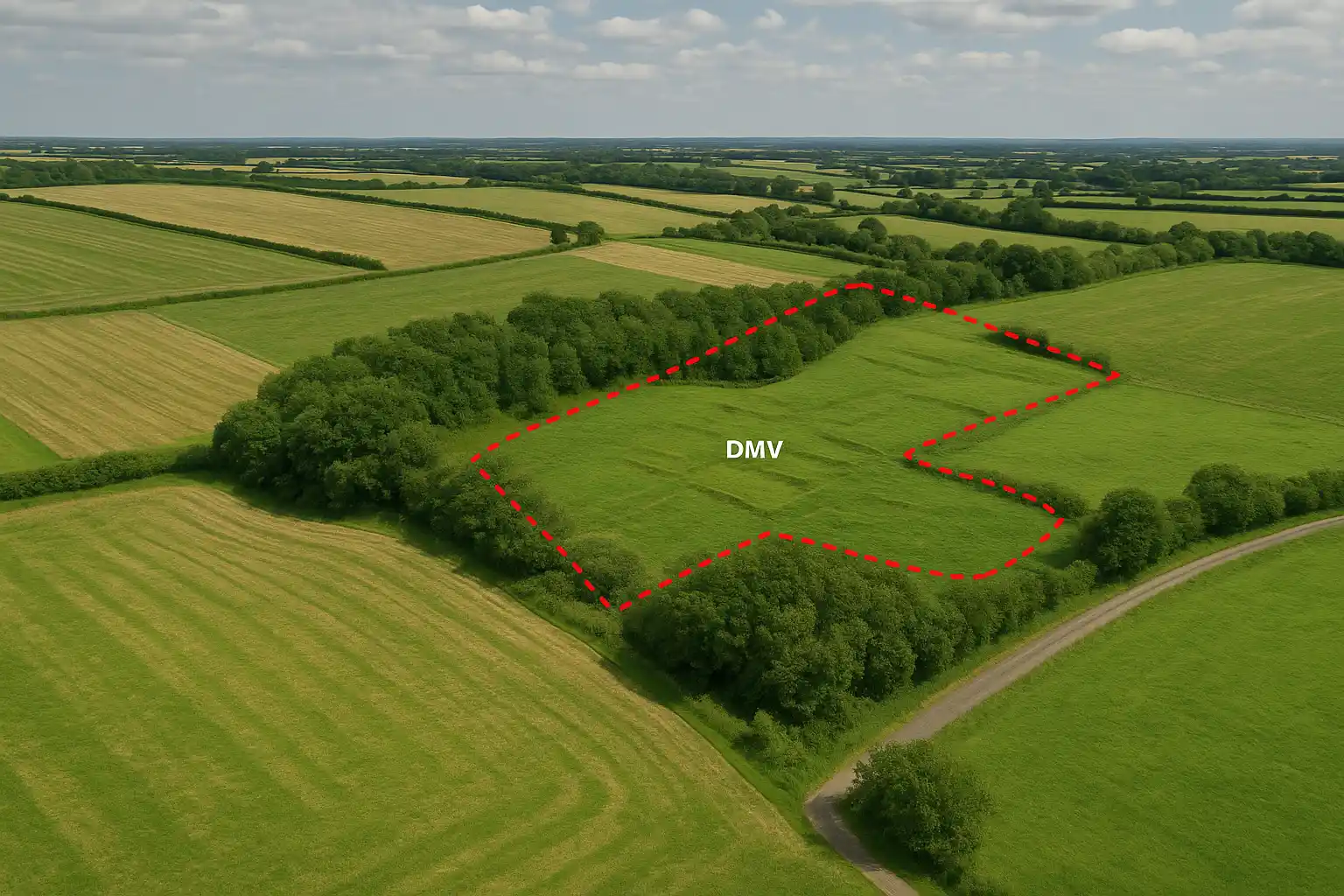Bittesby’s Deserted Medieval Village

Just south of Bittesby House lies the remains of a Deserted Medieval Village (DMV). Protected as a Scheduled Ancient Monument since 1954, the site holds valuable insight into settlement patterns stretching from the Bronze Age through the medieval period.
A Village Lost to Time
Bittesby, once called Bissebesche, was recorded in the Domesday Book of 1086 with 14 households. By the 13th century, over 25 families lived there. However, the population did not expand significantly. In the late 15th century, around 60 people were evicted, and communal lands were enclosed for sheep pasture. By 1622, the village was fully abandoned.
Bronze Age Burials and Early Farming
Excavations in Area A15 revealed two Bronze Age cremation burials, both over 3,000 years old. One included a handmade pottery vessel decorated with stabbed dots, dated between 1492 and 1291 BC. These finds indicate early ceremonial use of the land. The elevated ridge in this area offered a dry, stable platform for settlement and farming.
Ridge and Furrow Ploughing
Archaeological surveys in Area X25 show the land around the medieval village was heavily farmed. Ridge and furrow ploughing patterns, alongside paddock enclosures, confirm intensive agriculture. Over time, as villagers were displaced, the farmland was converted to pasture for sheep.
Iron Age Farmstead and Prehistoric Routes
Four roundhouses were uncovered in the A15 dig area, dating to around 100 BC. One contained pottery, sheep and cow bones, and domestic waste, suggesting permanent occupation. This settlement likely continued into the Roman period, although inhabitants may have relocated. The farmstead lay next to a prehistoric trackway—possibly the precursor to the modern A5, Watling Street.
A Long Timeline of Settlement
This small area encapsulates over 3,000 years of activity—from Bronze Age ritual burials to Roman-era farming, through to the rise and decline of a medieval village. The layered discoveries at Bittesby contribute to a deeper understanding of how land use and rural life evolved over centuries in Leicestershire.